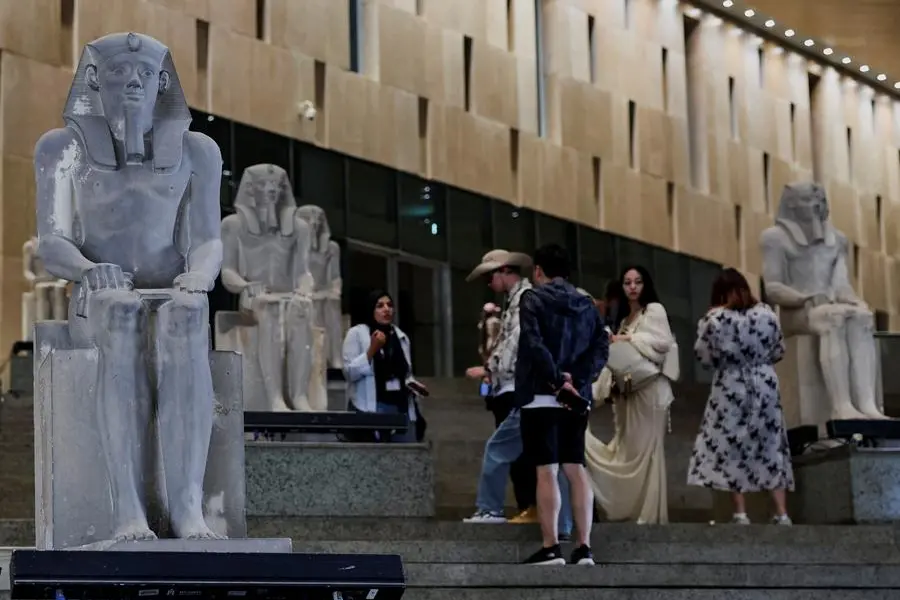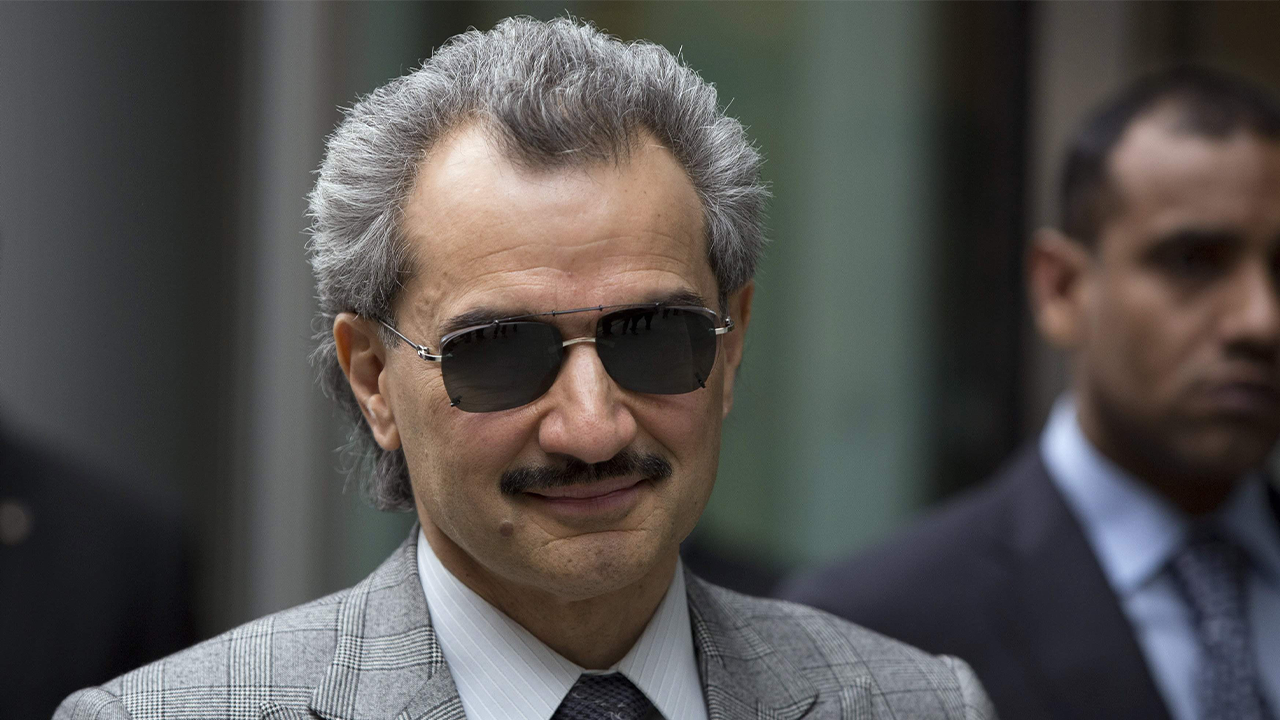The recent opening of the Grand Egyptian Museum (GEM) marks more than just a cultural milestone; it signals the launch of Egypt’s most ambitious economic strategy in decades. For the global investment community, the GEM is being activated as a powerful engine for foreign direct investment (FDI), aiming to leverage the nation’s rich heritage to secure its economic future and attract 30 million tourists annually by 2028.
From Cultural Landmark to Economic Anchor
The Egyptian government is strategically positioning the GEM as a “megaproject anchor,” designed to de-risk private investment by guaranteeing a high volume of visitor traffic from day one. This approach leverages a cultural asset to create a predictable and lucrative market for ancillary businesses.
Eman Abdel Naby, a Tourist Guide with an M.A. in Museology from Helwan University, described the opening as “a significant geo-economic event, initiating substantial economic multiplier effects.” She noted that the museum’s commitment to sustainability, demonstrated by its EDGE Advanced green building certification, provides a solid foundation for attracting capital.
To facilitate this influx of investment, the Minister of Tourism and Antiquities, Sherif Fathy, announced a dedicated unit to function as an “investment opportunities bank,” presenting a clear pipeline of projects across the tourism and antiquities sectors.
A Clear Roadmap for Foreign Direct Investment
Achieving the 30-million-tourist target requires a massive expansion of the country’s infrastructure, creating a clear roadmap for FDI in several key areas. The primary need is in hospitality, with an estimated 400,000 new hotel rooms required to accommodate the expected surge.
Moataz Amin, CEO of Prime Hospitality Group, suggested a pragmatic approach to meet this demand. “A more pragmatic approach would be to transform existing residential buildings into hotel apartments or serviced apartments,” he explained. “This strategy is both time- and cost-efficient.”
Investment opportunities also extend to enhancing the overall guest experience, from airport services to logistics management and digital infrastructure. Amin emphasized that the “guest experience is a wide spectrum,” which presents vast opportunities for public-private partnerships in service-sector training and development.
Furthermore, the GEM’s green certification signals a national push toward sustainable and digital tourism, opening doors for investors focused on eco-friendly resorts, smart-city platforms, and ESG-conscious projects.
Catalyzing Growth with Strategic Financing
To back its vision, the Egyptian government has launched a significant EGP 50 billion financing initiative to accelerate growth through a public-private partnership model. The program offers low-interest loans at a subsidized 12% rate for up to five years to tourism companies.
This capital is earmarked for upgrading hotels and transport fleets, constructing new rooms, and converting non-operational buildings into hotel facilities. The financing is capped at EGP 1 billion per client, with priority given to key development zones like Greater Cairo, Luxor, Aswan, and the Red Sea coast. In return, beneficiaries must sell 40% of their foreign currency revenues through the banking sector, a move designed to bolster national reserves and promote economic stability.
Driving Profitability Beyond Occupancy
The museum’s economic impact is expected to fundamentally alter Cairo’s hospitality dynamics, shifting the focus from simple occupancy rates to higher profitability per guest. While a city-wide occupancy spike isn’t guaranteed, areas like Giza and downtown are projected to benefit significantly.
“With proper and professional yield management done by hotel revenue departments, we will see a higher average daily rate (ADR), to be reflected instantly on room revenues,” Amin predicted.
Successfully attracting 30 million tourists is projected to elevate the tourism sector’s GDP contribution to approximately 10%, creating a more resilient and diversified economic base for Egypt.
About The Grand Egyptian Museum
The Grand Egyptian Museum (GEM), located near the Giza pyramid complex, is the world’s largest archaeological museum. It houses the full Tutankhamun collection, along with tens of thousands of other priceless artifacts from ancient Egypt. The multi-billion-dollar project is a cornerstone of Egypt’s strategy to boost tourism and rebrand itself as a modern state capable of preserving and capitalizing on its rich cultural heritage.
Source: Zawya















